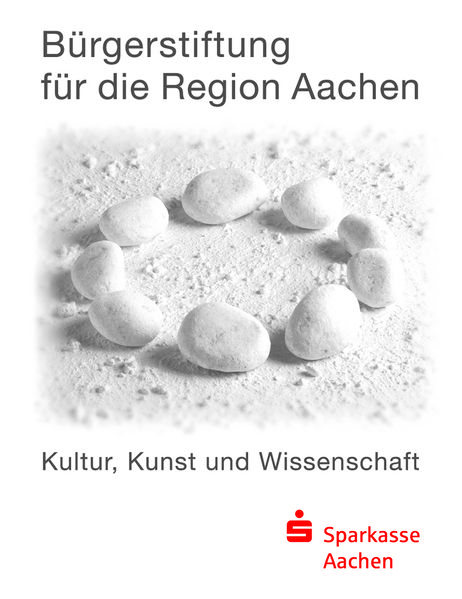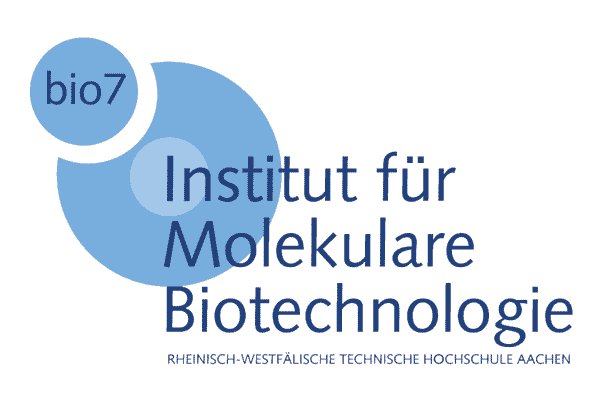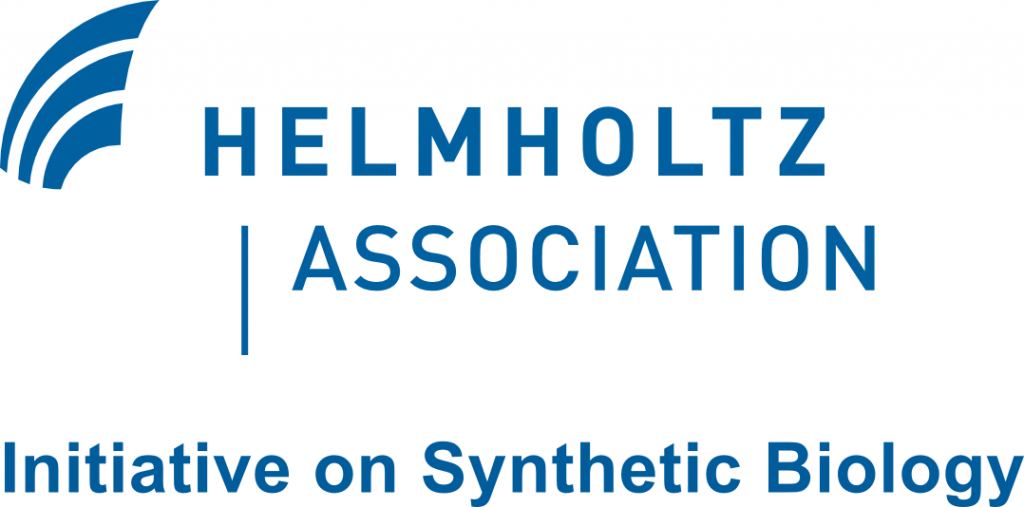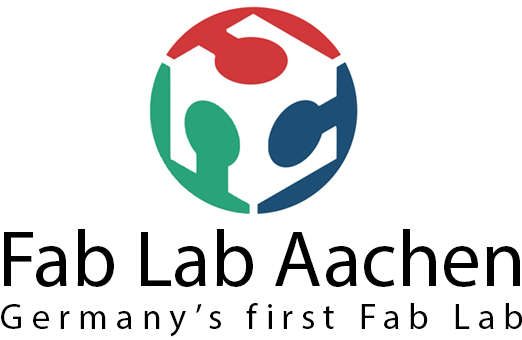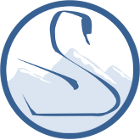Team:Aachen
From 2014.igem.org
(→Modular hardware ‒ Open for versatility) |
m |
||
| (229 intermediate revisions not shown) | |||
| Line 1: | Line 1: | ||
__NOTOC__ | __NOTOC__ | ||
| - | {{Team:Aachen/ | + | {{CSS/Main}} |
| + | {{Team:Aachen/Stylesheet}} | ||
| + | {{Team:Aachen/HeaderFront}} | ||
| - | + | <!-- [[File:Aachen_Cellock_rand.png|left|250px]] --> | |
| - | + | <br/> | |
| - | + | <html> | |
| - | < | + | |
| - | + | <div style="font-size:300%;color:#0069b8;margin-left:40px;">Cellock Holmes - A Case of Identity</div ><br/> | |
| - | + | <div style="width:490px;margin-left:40px;margin-right:20px;float:left"> | |
| + | <div style="font-size:175%;margin-top:12px;">Welcome to the iGEM Aachen 2014 Wiki!</div > | ||
| + | <p style="margin-left:0px;margin-right:0px;">Until now, an ideal method to detect pathogenic bacteria is still elusive. The existing techniques require expensive equipment, trained personnel or labourious routines. </p> | ||
| - | + | <p style="margin-left:0px;margin-right:0px;">We, the iGEM team Aachen, have developed a '''novel biosensor system''' called ''Cellock Holmes'' that '''detects bacteria on solid surfaces''' using a low-cost, rapid and portable technique.</p> | |
| + | |||
| + | <p style="margin-left:0px;margin-right:0px;">In this project, we demonstrate a unique way of combining '''Open Source biology, software and hardware'''.</p> | ||
| + | </div> | ||
| - | |||
| - | == | + | <!-- ACHIEVEMENTS --> |
| - | + | <table style="width:490px;margin-left:20px;margin-right:40px;float:right"> | |
| + | <tr><td><div style="font-size:175%;margin-top:12px;">Achievements</div></td></tr> | ||
| - | + | <tr> | |
| + | <td><p style="margin-left:0px;margin-right:20px;overflow:auto;"> To watch our <b>final presentation</b> just click <a href="https://www.youtube.com/watch?v=-pKLyq3BD0k" target="_blank"> here </a>.</p></td> | ||
| + | </tr> | ||
| - | < | + | <tr> |
| - | <img src="https://static.igem.org/mediawiki/ | + | <td><p style="margin-left:0px;margin-right:20px;overflow:auto;">The whole project was awarded <b>Best Measurement Project</b> and won the track.</p></td> |
| - | + | <td><img style="margin-bottom:25px;" src="https://static.igem.org/mediawiki/igem.org/0/0a/Icons_measurement.png" width="80px" align="right" /></td> | |
| - | + | </tr> | |
| - | </ | + | |
| - | + | <tr> | |
| + | <td><p style="margin-left:0px;margin-right:20px;overflow:auto;">Our image analysis software <i>Measurarty</i> was awarded <b>Best Supporting Software</b> in the overgrad section.</p></td> | ||
| + | <td><img style="margin-bottom:25px;" src="https://static.igem.org/mediawiki/2014/1/18/Aachen_SupportingSoftware.png" width="80px" align="right" /></td> | ||
| + | </tr> | ||
| - | + | <tr> | |
| + | <td><p style="margin-left:0px;margin-right:20px;overflow:auto;">Our work on biosafety was rewarded with the <b>Safety Commendation</b> special award.</p></td> | ||
| + | <td><img style="margin-bottom:25px;" src="https://static.igem.org/mediawiki/2014/8/86/Aachen_Icon_Safety.png" width="80px" align="right" /></td> | ||
| + | </tr> | ||
| - | + | <tr> | |
| + | <td><p style="margin-left:0px;margin-right:20px;overflow:auto;">We fulfilled all Bronze and Silver criteria and won a <b>Gold Medal</b>.</p></td> | ||
| + | <td><img style="margin-bottom:25px;" src="https://static.igem.org/mediawiki/2014/5/5d/Aachen_Goldmedal_header.png" width="80px" align="right" /></td> | ||
| + | </tr> | ||
| - | + | </table> | |
| - | |||
| - | |||
| - | |||
| - | |||
| - | |||
| - | |||
| - | + | <!-- NAVIGATION BUTTONS --> | |
| + | <ul class="team-grid" style="width:530px;margin-left:20px;float:left"> | ||
| - | + | <li style="width:225px;margin-left: 20px;margin-right: 20px;margin-bottom: 30px;margin-top: 10px;"> | |
| + | <a href="https://2014.igem.org/Team:Aachen/Project" style="color:black"> | ||
| + | <div class="team-item team-info" style="width:219px;height:219px;" > | ||
| + | <div class="menukachel" style="top:44%;">Project</div> | ||
| + | </div> | ||
| + | <div class="team-item team-img" style="background: url(https://static.igem.org/mediawiki/2014/5/55/Aachen_14-10-16_Project_Cellocks_iNB.png); norepeat scroll 0% 0% transparent; background-size:100%;width:219px;height:219px;"> </div></a> | ||
| + | </li> | ||
| - | + | <li style="width:225px;margin-left: 20px;margin-right: 20px;margin-bottom: 30px;margin-top: 10px;"> | |
| + | <a href="https://2014.igem.org/Team:Aachen/PolicyPractices" style="color:black"> | ||
| + | <div class="team-item team-info" style="width:219px;height:219px;line-height: 2em;" > | ||
| + | <div class="menukachel">Policy & Practices</div> | ||
| + | </div> | ||
| + | <div class="team-item team-img" style="background: url(https://static.igem.org/mediawiki/2014/b/b7/Aachen_14-10-16_PolicyPractices_main_iNB.png); norepeat scroll 0% 0% transparent; background-size:100%;width:219px;height:219px;"> </div></a> | ||
| + | </li> | ||
| - | + | </ul> | |
| + | </html> | ||
| - | == | + | <html> |
| - | + | <ul class="team-grid" style="width:1060px;margin-left:20px;margin-right:20px;float:right"> | |
| - | + | ||
| - | + | ||
| - | + | ||
| - | + | <li style="width:225px;margin-left: 20px;margin-right: 20px;margin-bottom: 30px;margin-top: 10px;"> | |
| + | <a href="https://2014.igem.org/Team:Aachen/Interlab_Study" style="color:black"> | ||
| + | <div class="team-item team-info" style="width:219px;height:219px;" > | ||
| + | <div class="menukachel" style="top:44%;">Interlab Study</div> | ||
| + | </div> | ||
| + | <div class="team-item team-img" style="background: url(https://static.igem.org/mediawiki/2014/3/39/Aachen_Interlab_Cellocks.png); norepeat scroll 0% 0% transparent; background-size:100%;width:219px;height:219px;"> </div></a> | ||
| + | </li> | ||
| - | + | <li style="width:225px;margin-left: 20px;margin-right: 20px;margin-bottom: 30px;margin-top: 10px;"> | |
| + | <a href="https://2014.igem.org/Team:Aachen/Collaborations" style="color:black"> | ||
| + | <div class="team-item team-info" style="width:219px;height:219px;" > | ||
| + | <div class="menukachel" style="top:44%;">Collaborations</div> | ||
| + | </div> | ||
| + | <div class="team-item team-img" style="background: url(https://static.igem.org/mediawiki/2014/8/81/Aachen_14-10-15_Collaborating_Cellocks_iNB.png); norepeat scroll 0% 0% transparent; background-size:100%;width:219px;height:219px;"> </div></a> | ||
| + | </li> | ||
| - | + | <li style="width:225px;margin-left: 20px;margin-right: 20px;margin-bottom: 30px;margin-top: 10px;"> | |
| + | <a href="https://2014.igem.org/Team:Aachen/Notebook" style="color:black"> | ||
| + | <div class="team-item team-info" style="width:219px;height:219px;" > | ||
| + | <div class="menukachel" style="top:44%;">Notebook</div> | ||
| + | </div> | ||
| + | <div class="team-item team-img" style="background: url(https://static.igem.org/mediawiki/2014/4/42/Aachen_14-10-14_NotebookiFG.png); norepeat scroll 0% 0% transparent; background-size:100%;width:219px;height:219px;"> </div></a> | ||
| + | </li> | ||
| - | == | + | <li style="width:225px;margin-left: 20px;margin-right: 20px;margin-bottom: 30px;margin-top: 10px;"> |
| - | + | <a href="https://2014.igem.org/Team:Aachen/Attributions" style="color:black"> | |
| + | <div class="team-item team-info" style="width:219px;height:219px;" > | ||
| + | <div class="menukachel" style="top:44%;">Team</div> | ||
| + | </div> | ||
| + | <div class="team-item team-img" style="background: url(https://static.igem.org/mediawiki/2014/c/cf/Aachen_main_Team.png); norepeat scroll 0% 0% transparent; background-size:100%;width:219px;height:219px;"> </div></a> | ||
| + | </li> | ||
| + | </ul> | ||
| + | </html> | ||
| - | |||
| - | {{Team:Aachen/ | + | |
| + | |||
| + | {{Team:Aachen/BlockSeparatorFront}} | ||
| + | |||
| + | <center> | ||
| + | <html><br/> | ||
| + | <a href="https://2014.igem.org/Team:Aachen/Team"><img src="https://static.igem.org/mediawiki/2014/d/d2/Aachen_Team_Aachen_Teamfoto_small.jpg" width="1012px" style="border: 3px solid #0069B3; border-radius: 20px; "></a> | ||
| + | </html> | ||
| + | </center> | ||
| + | |||
| + | {|cellpadding="12" | ||
| + | |[[File:Logo_Buergerstiftung-Aachen_hoch.jpg|80px|center|Bürgerstiftung Aachen]] | ||
| + | |[[File:Aachen_Niersverband_Firmenlogo.jpg|159px|Niersverband]] | ||
| + | |[[File:Aachen_Genscript_Logo.png|120px|Genscript]] | ||
| + | |[[File:Aachen_Eurofinsgenomics.png|97px|Eurofins Genomics]] | ||
| + | |[[File:Aachen_Labomedic_Logo.jpg|128px|Labomedic]] | ||
| + | |} | ||
| + | |||
| + | {|cellpadding="18" | ||
| + | |[[File:Aachen_bmbf.jpg|163px|BMBF]] | ||
| + | |[[File:Aachen_idt_.png|109px|IDT]] | ||
| + | |[[File:M2p_labs_logo.jpg|52px|m2p labs]] | ||
| + | |[[File:Aachen_Roth_Logo.png|55px|Carl Roth]] | ||
| + | |[[File:Aachen_ProRWTH_logo.png|62px|link=http://www.prorwth.de/|pro RWTH]] | ||
| + | |} | ||
| + | {|cellpadding="13" | ||
| + | |[[File:Aachen_Logo_iAMB.png|115px|link=http://www.iamb.rwth-aachen.de|Institute of Applied Microbiology - iAMB]] | ||
| + | |[[File:Aachen_Logo_bio7.png|115px|link=http://www.molbiotech.rwth-aachen.de|Institute for Molecular Biotechnology]] | ||
| + | |[[File:Aachen_Logo_HISynBio.png|123px|link=http://www.helmholtz.de/en/about_us/initiating_and_networking/assuring_excellence/synthetic_biology|Helmholtz Association - Initiative on Synthetic Biology]] | ||
| + | |[[File:Aachen_Logo_ABBt.png|105px|link=http://www.biologie.rwth-aachen.de|Aachen Biology and Biotechnology - ABBt]] | ||
| + | |[[File:Aachen_juelich.png|120px|link=http://www.fz-juelich.de/|Forschungszentrum Jülich]] | ||
| + | |[[File:Aachen_FabLabAachenLogo.jpg|105px|link=http://hci.rwth-aachen.de/fablab|Fab Lab Aachen]] | ||
| + | |[[File:Aachen_Schwaneberg_Group.png|75px|link=http://www.biotec.rwth-aachen.de|Schwaneberg Group]] | ||
| + | |} | ||
| + | <div> | ||
| + | {{Team:Aachen/FooterFront}} | ||
Latest revision as of 14:01, 5 May 2015
|
 |
|
 |
 "
"



